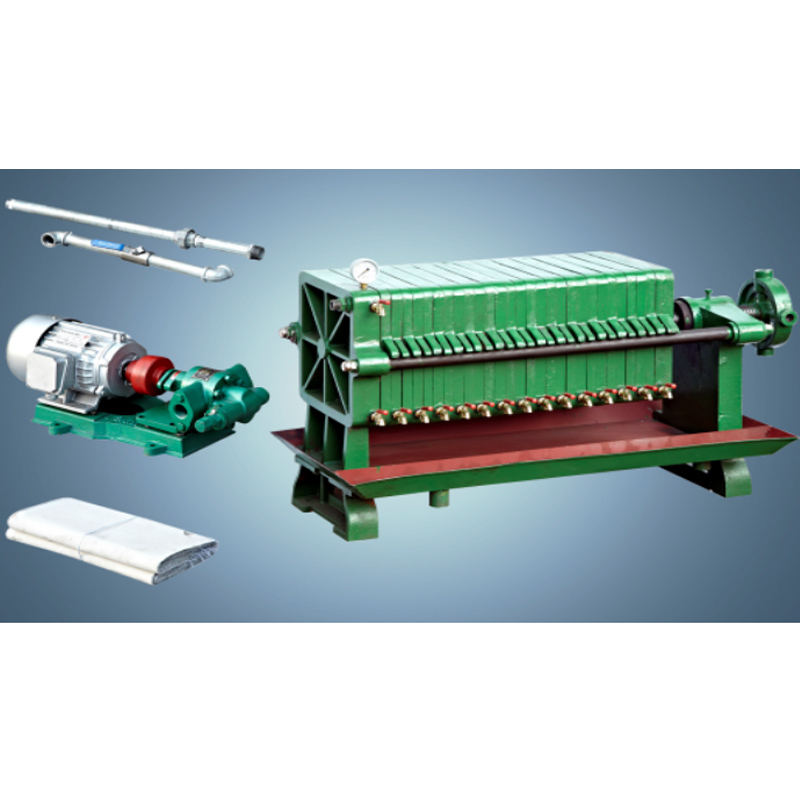Oct . 02, 2025 12:00 Back to list
Need Safflower Oil Press Service—Fast, Reliable, Custom?
Press Filter Insights for Safflower Oil Lines: Field Notes, Specs, and What Actually Works
If you run or service a safflower mill, you already know the quiet MVP is the filter. This guide looks at safflower oil press service through the lens of a modern Press Filter—made in Dingzhou City, Hebei Province, China—and the gritty, real-world variables that decide uptime and clarity.

What it is (and why mills keep buying it)
The Press Filter is a straightforward machine that separates solids from oil or process water, producing clear filtrate and dry cakes that are easy to dump. In safflower operations, it’s typically parked right after the screw press or crude oil tank—catching foots, fibers, and meal fines before refining. Many customers say the biggest surprise is how much solvent and steam they save once the fines are under control.
Typical process flow (field-proven)
- Feed: crude safflower oil or oily water → feed pump → press filter inlet.
- Filtration: polypropylene/cotton cloth retains solids; filtrate exits side ports.
- Pressure ramp: ≈0.4–1.0 MPa until flow tails off; cake builds layer by layer.
- Blow/Drain: optional air or hot water polish to lower cake moisture.
- Plate opening: cakes drop; operators inspect, re-cloth if needed.
- QC: sample for moisture, insolubles, phosphorus (AOCS methods); log ΔP and flow.
Usage scenarios
- Crude safflower oil clarification before degumming/neutralization.
- Meal leachate polishing in solvent recovery loops (where applicable).
- Process water recycling in seed cleaning and wash stations.
- Side gigs: dyes/chemicals, mining slurries—because a good press filter travels well.
Specs that matter (not just brochure fluff)
| Parameter | Typical Value ≈ | Notes (real-world use may vary) |
| Filtration area | 10–80 m² | Choose by throughput and solids load. |
| Plate size | 470–870 mm | Standard PP plates for edible oil. |
| Working pressure | 0.4–1.0 MPa | Higher pressure → drier cake, slower cycle. |
| Cake moisture | 25–40% | Depends on cloth, pressure, blow step. |
| Materials | PP plates, Q235/SS304 frame | Food-contact surfaces in SS optional. |
Service life: frames 8–12 years with basic care; hydraulic seals 12–24 months; filter cloth 6–12 months (ASTM D737 air-permeability checks help predict swap-outs). Testing standards many plants cite: AOCS Ca 3a-46 for moisture/volatiles, AOCS Ca 12-55 for phosphorus, and ISO 9001 for factory QA. On-site logs I’ve seen show TSS dropping from ~1200 ppm to
Industry trend check
Two shifts: first, mills are upgrading to food-grade stainless flow paths; second, smarter pumps/pressure control to shave cycle time. Surprisingly, small co-ops lead here—probably because they hate waste more visibly than big plants. For safflower oil press service, automation that stops on dP slope (not just time) is the quiet win.
Vendor comparison (what buyers actually compare)
| Vendor Type | Pros | Cons |
| OEM in Dingzhou, Hebei | Customization, parts fit, factory QA (ISO/CE on request) | Lead time 3–6 weeks in peak season |
| Local integrator | Fast service, on-site commissioning | Price premium; limited plate sizes |
| Trading company | Broad options, negotiable bundles | Specs can be vague; check certificates closely |
Customization checklist
- Cloth: polypropylene felt vs. cotton drill (oil retention vs. release).
- Plate count/area: match to average—not peak—solids load to avoid half-cycles.
- Automation: hydraulic closing, drip trays, cake shakers, dP-based stop.
- Hygiene: SS304 contact surfaces; food-grade gaskets; documented CIP.
Mini case study
A mid-size safflower cooperative retrofitted a Press Filter with PP plates and SS manifolds. After swapping to a tighter cloth and adding a 60-second air blow, filtrate insolubles fell from ≈650 ppm to ≈80 ppm; cycle time dropped 9–12%. Operators—skeptical at first—now say, “we don’t babysit it anymore.” To be honest, the biggest gain was cleaner refining downstream (fewer degumming surprises).
Quality, tests, and paperwork
Ask for ISO 9001 certificates, material traceability, and cloth test reports (air permeability, weave, weight). Spot-check filtrate per AOCS methods (moisture, phosphorus, insolubles). For safflower oil press service, a weekly dP/flow curve is a simple, powerful early-warning system.
Citations:
1) ISO 9001:2015 Quality management systems — Requirements, International Organization for Standardization, iso.org
2) AOCS Official Methods and Recommended Practices, American Oil Chemists’ Society, aocs.org
3) ASTM D737 — Standard Test Method for Air Permeability of Textile Fabrics, ASTM International, astm.org
4) ISO 16889 — Multi-pass method for evaluating filtration performance, International Organization for Standardization, iso.org
-
Mustard Oil Extraction Machine: A Complete Guide to Industry, Technology & Future Trends
NewsNov.20,2025
-
Groundnut Oil Extraction Machine | Efficient Peanut Oil Press Solutions
NewsNov.20,2025
-
Manual Oil Press Machine: Sustainable Oil Extraction for Global Communities | Buy & Learn More
NewsNov.19,2025
-
Efficient Peanut Oil Machine Solutions for Sustainable Oil Extraction
NewsNov.19,2025
-
Essential Oil Extraction Machine: Unlocking Quality & Sustainability in Oil Production
NewsNov.18,2025
-
Latest Oil Expeller – Efficient & Sustainable Oil Extraction Machines
NewsNov.18,2025
